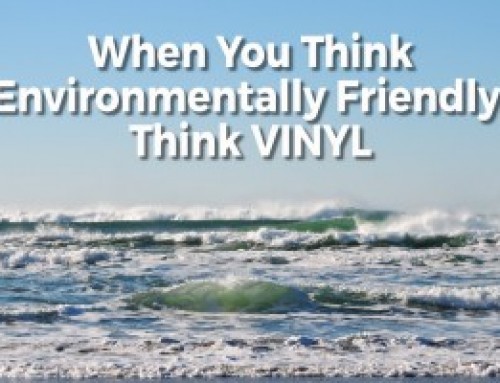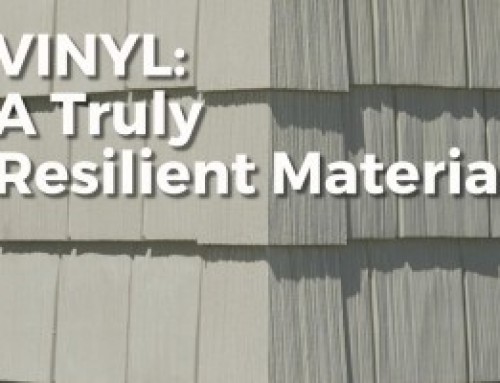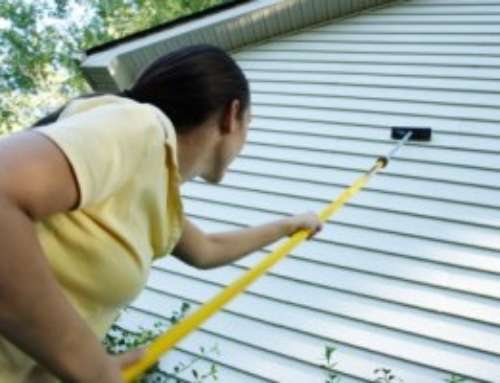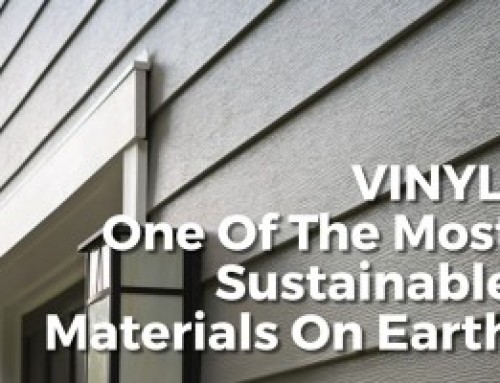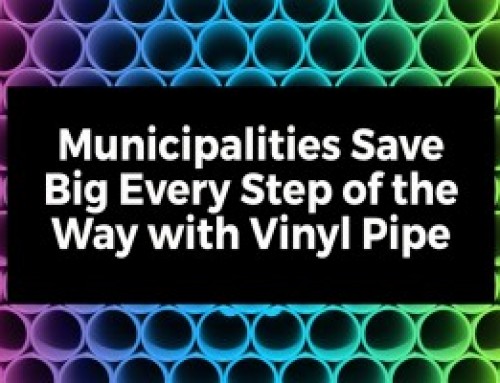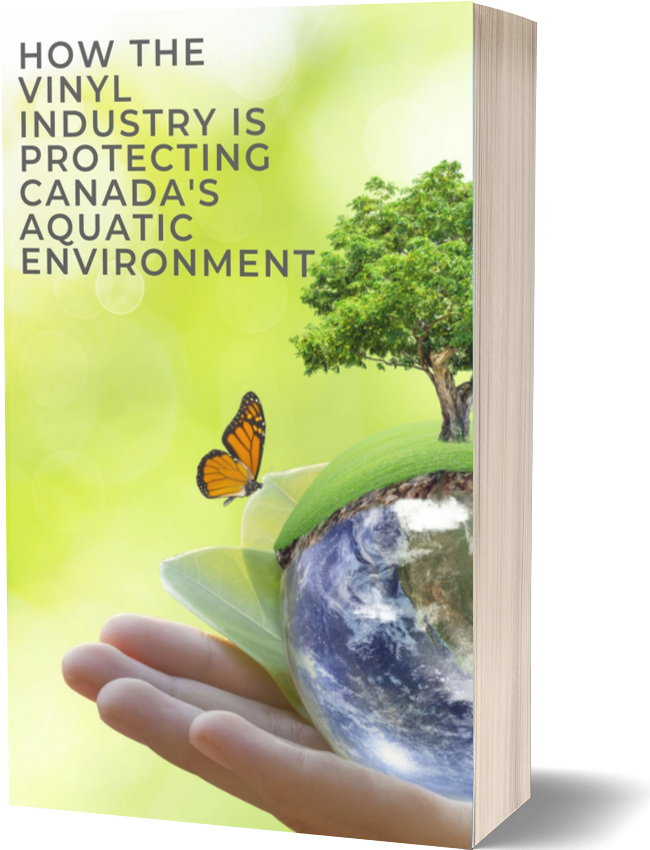Though sustainability as a whole is by no means a new trend, it has been making a noticeable come back in the home renovation department. With more Millennials in the market for homes, new sustainable options have been popping up in all kinds of different industries. But one industry that has always had sustainability in mind is the vinyl industry.
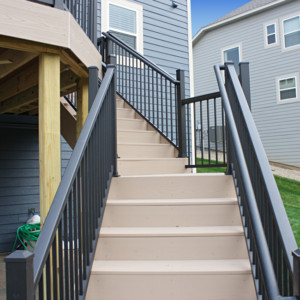
Photo provided by VisionOutdoorProducts.com
Energy Efficiency
In 2016 a study found on NowSourcing, the research stated that green features are a top priority in young homebuyers and that 47% of millennial homeowners say they want solar panels and efficient energy storage. With this in mind, there are all kinds of vinyl products on the market that make sure you are making the most of the energy you use. For example, vinyl profiles on windows and doors are not only energy efficient because they keep your cooling and heating in your house where it belongs, but they are also durable enough to withstand any kind of weather, they are non-corroding and they keep moisture out. Vinyl profiles don’t require any yearly maintenance. Vinyl profiles will likely outlast the home, but in the case that you wish you change things up a bit, vinyl is a 100% recyclable material.
Material Resilience
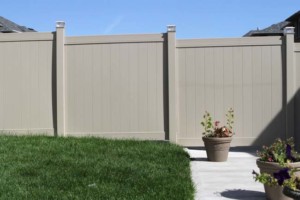
Photo provided by VisionOutdoorProducts.com
You want a material that you can trust, a material that you know can hold up under rough conditions. But now homeowners are also thinking about using materials that are made of recycled products or products that can be recycled if they ever decide to replace them. Vinyl is a very environmentally friendly material, not only because it can be recycled, but also helps in the preservation of environmental resources. 57% of vinyl is made from common salt, which is a renewable natural substance.
Vinyl is a long-term product, so it doesn’t require the same kind of attention when it comes to recycling. Having a longer lifecycle means that your vinyl products won’t need to be replaced as often. Choosing a long-term sustainable product will not only save you money and time, but it’s also saving the environment.
For example, look at this vinyl fencing by Vision Outdoor Products. This product has a lifespan of 50+ years, whereas a wooden fence will need yearly maintenance and still only last up to 30 years. As beautiful as wood is, it’s a more expensive option, and after varnishes and stains contaminate it, it is no longer recyclable.
For example, look at this vinyl fencing by Vision Outdoor Products. This product has a lifespan of 50+ years, whereas a wooden fence will need yearly maintenance and still only last up to 30 years. As beautiful as wood is, it’s a more expensive option, and after varnishes and stains contaminate it, it is no longer recyclable.
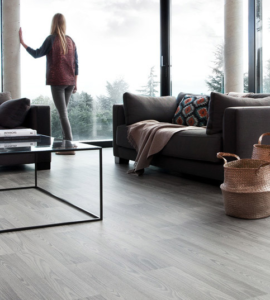
Photo provided by Gerflor.com
More Than Just a Pretty Penny
When it comes to homeownership millennial buyers are willing to spend the extra money for the more sustainable option. These buyers will take eco-friendly materials over appearance any day; but with all the new technology and home décor trends, there is no need to sacrifice one for the other anymore. 2018 is the year to make a change for the betterment of our planet. What kind of things do you do around the house to improve your eco-footprint? Share your sustainability stories here!





